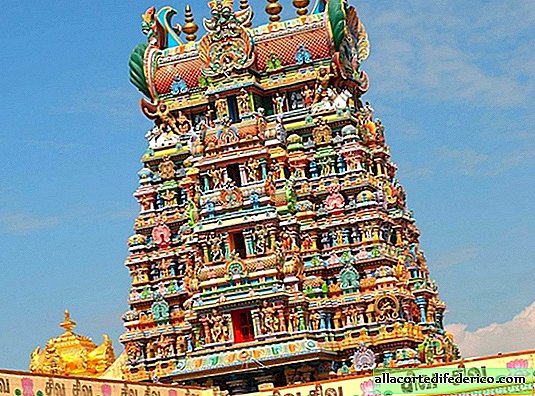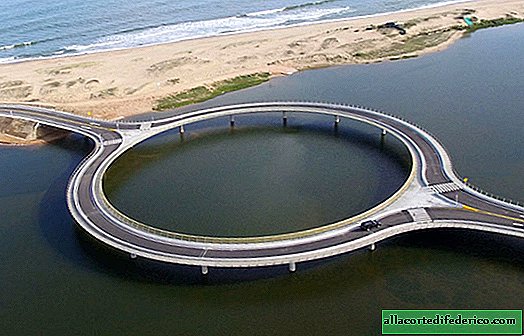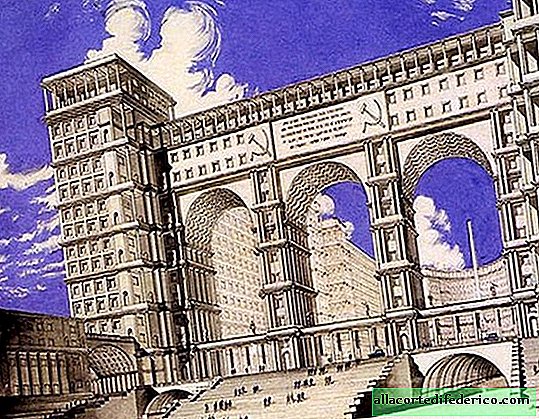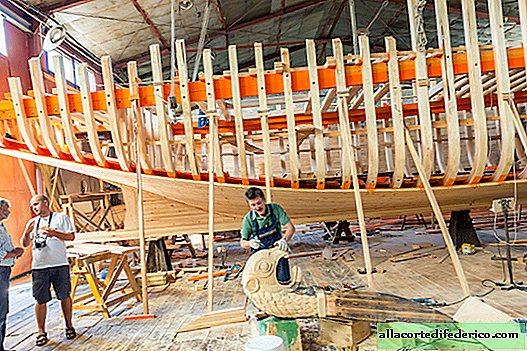Sipakira Salt Cathedral - a unique Colombian temple underground
Residents of different countries built many unusual and fascinating religious temples. One of them is the Catholic Cathedral of Sipakira, which is located at a depth of 200 meters underground. This place was once a salt mine, and today it is one of the most visited cathedrals in Colombia and a popular tourist attraction in the country.

The cathedral near the small town of Sipakira is carved in halite salt deposits in a rock in the Andes. And this is not just a small chapel or grotto, but a real cathedral, with a full hall, an altar and rows of benches for believers, which can accommodate up to 3 thousand parishioners. True, you can get into this unusual cathedral only with the help of an elevator, which will take you 200 meters deep into the earth.

The current Cathedral of Sipakira is not the first cathedral in salt mines, but the appearance of this religious structure is closely connected with the history of the salt mine itself. Salt was mined in these places even a millennium before the arrival of the Spaniards, and the local Native American population actively developed underground mines, exploring the bowels of the Andes. With the arrival of the Spaniards, mining in the mine began to be more active. Of course, local salt was not exported to Europe, but it played an important role in the economy of the colonies, so new underground passages and galleries regularly appeared in the Sipakira area.

Salt mines continued to operate after Colombia gained independence, as the salt reserves in this region are simply colossal. According to geologists, the field contains about 250 million tons of salt, and this amount will be enough for 500 years of development. The idea of building a small chapel came to the minds of the mine workers. It was they who, in the middle of the last century, equipped the first Catholic church in the old mines, which received the name in honor of the Virgin Mary of the Rosary. But due to the large number of galleries and mines located in the immediate vicinity of the temple, doubts arose about its safety. To avoid collapse, it was decided to build a new temple. Since there were plenty of empty mines and corridors, the construction of a new cathedral did not cause any difficulties, and at the end of the last century the New Salt Cathedral of Sipakira was built.

Later, the idea of an underground temple expanded to a whole complex, which occupied a total of 32 hectares. Today, in the old mines, in addition to the temple, unique in its beauty and location, there is a geological and mineralogical museum with fascinating expositions, a cinema, many statues, entertainment venues and souvenir rows. In general, the many tourists who come here on weekends have something to see.

















